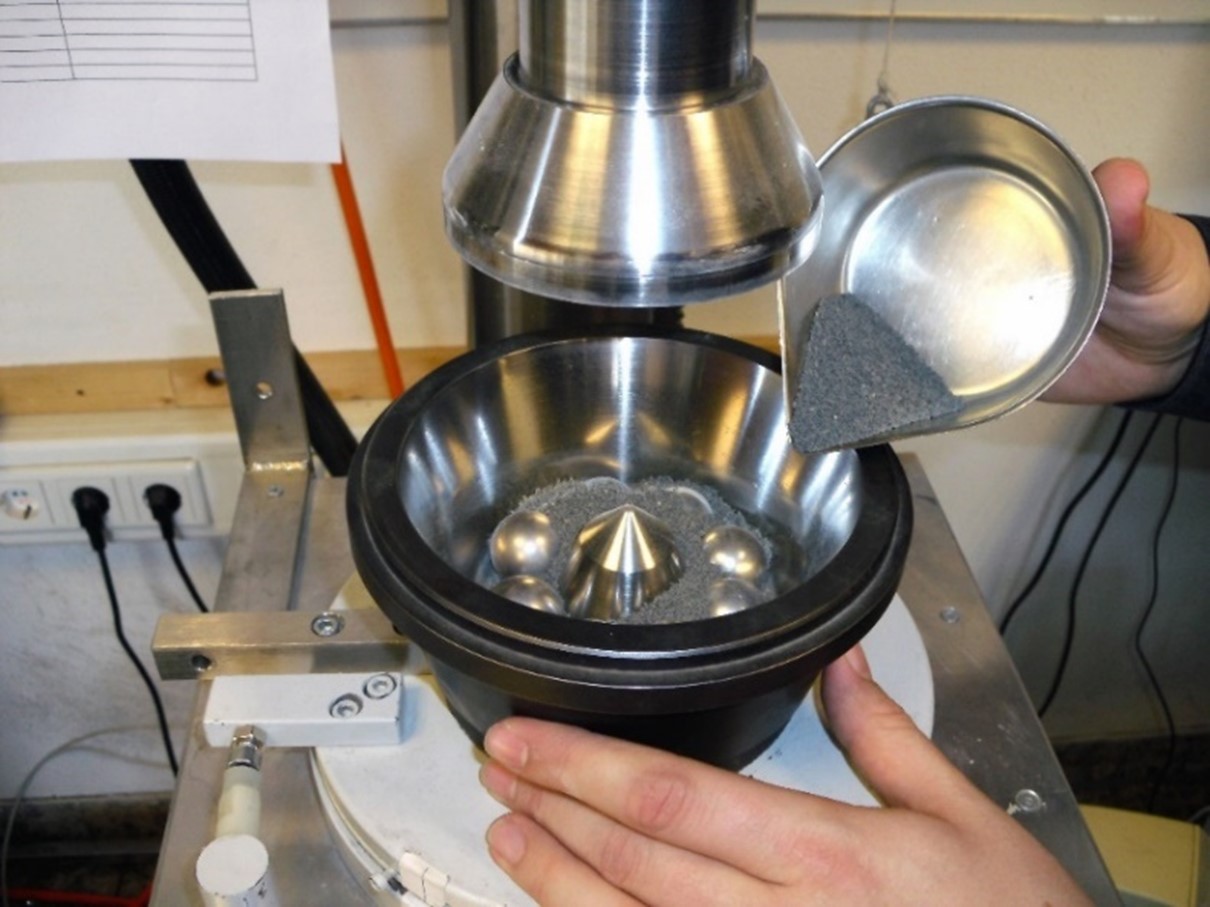Within the FlashPhos project, simulations, experiments and analytical methods to characterize output materials play an important role. Especially for the planning of the FlashPhos pilot plant, the obtained data from these experiments and analyses is crucial and helps to optimize processes.
Analyzation
Simulation experiments are thus conducted for all different sub-processes of FlashPhos. All output materials of these experiments are characterised with respect to their chemical and mineralogic composition. In addition, slags were produced as expected from the FlashPhos process. These artificial refiner slags were also examined for their cement-like properties and behaviour using various methods.
Here, we explain which analyses and test methods we use and why we consider them suitable for providing us with the required knowledge about the FlashPhos process.
One goal and challenge of FlashPhos is the subsequent use of the slags as a climate-friendly cementitious supplementary material (SRM). However, general requirements for slag cements and additives exist, demanding certain properties of the slags. Therefore, for example, X-ray diffraction (XRD) analyses on the granulated slags were carried out. This method can be used to analyse the glass content and thus the suitability of the slags as an alternative cement substitute. Other tests include the grindability of the granulate, reactivity tests of the ground slag, activity index and strength tests of different cement-slag mixtures, as well as strength tests of differently activated mortars. Another important aspect was to anticipate the behaviour of the minor elements (i. e. heavy metals) during the Flash and Refiner processes in order to take adequate measures against harmful emissions and to optimise product quality already during the engineering phase.

Figure 1 Grindability analyses of the slags as an alternative cementitious material. The slag is an output material of the FlashPhos process.
Results
The results of the performed analyses show that the output materials mainly behave as expected. The granulated refiner slags (GRFS) for example compare very well with conventional steel processing slags such as granulated blast furnace slag (GGBS) and can be analysed by common and well-known methods like XRD analyses. Overall, it has been shown that the analytical methods applied to the investigated output material work well and can be used for their characterisation in the future.

Figure 2 Two different samples of the articifial granulated refiner slags from the FlashPhos process.
Stay tuned for the latest information regarding the FlashPhos project!

